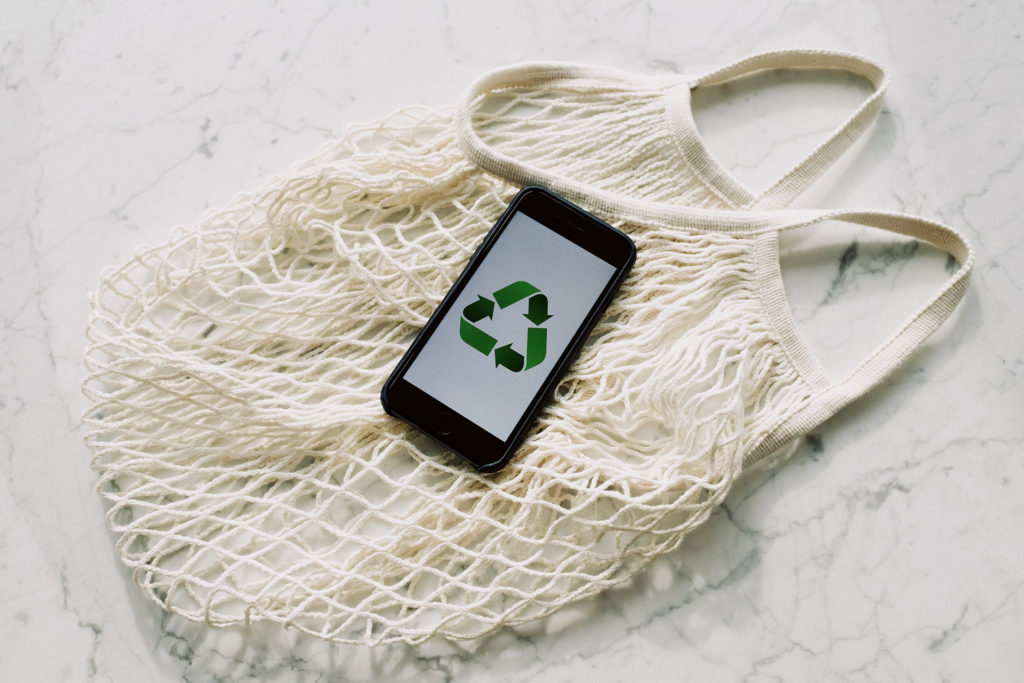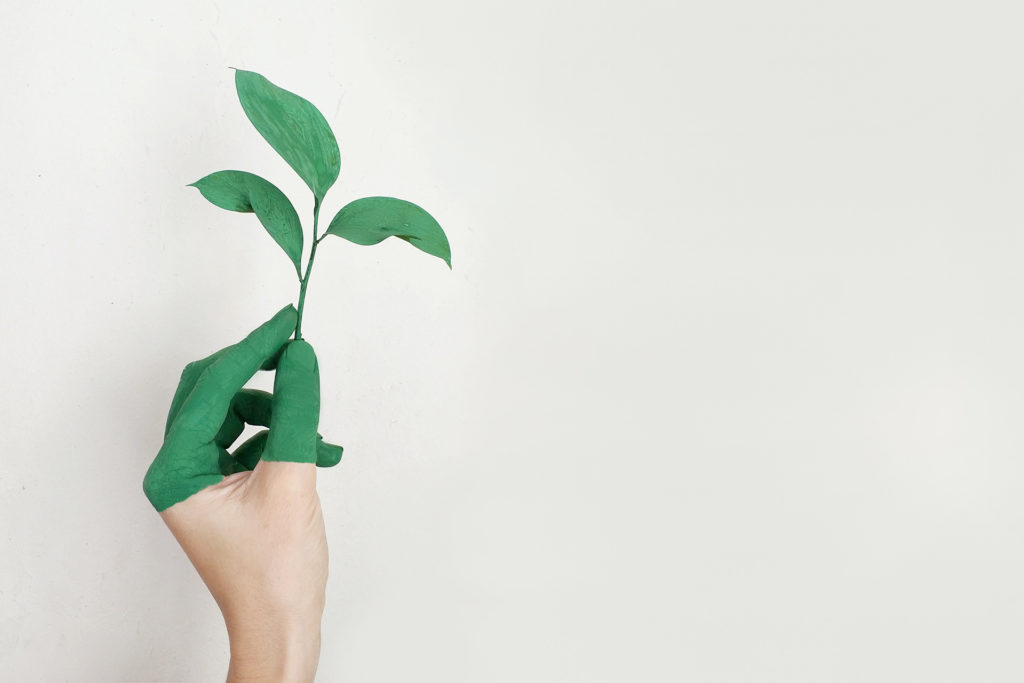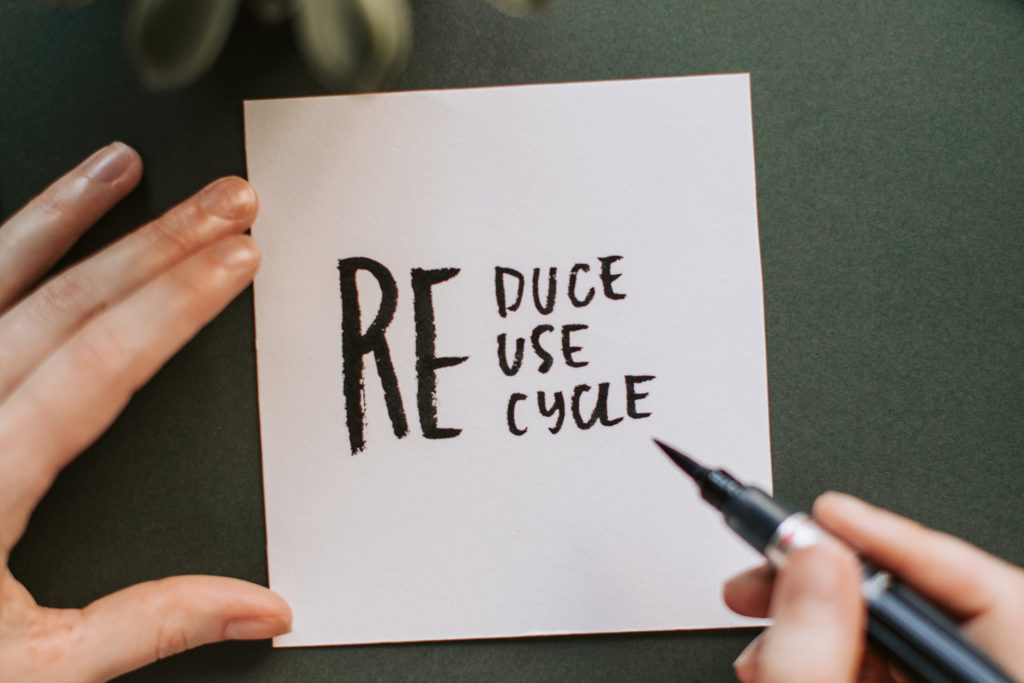No products in the cart.

Circular economy: there has been a lot of talk about it in recent years, but what exactly does it mean? What are the potential that push many companies in this direction? What are the models of circular economy to look at as winning examples?
The circular economy is a production and consumption model that involves sharing, lending, reusing, repairing, reconditioning and recycling existing materials and products for as long as possible.
The circular economy is becoming increasingly important as a response to environmental problems, especially in terms of recycling and recovery of resources.
Practicing the circular economy model extends the life cycle of products, helping to reduce waste to a minimum.
Once the product has finished its function, the materials it is made of are in fact reintroduced, where possible, into the economic cycle.
Thus they can be continuously reused within the production cycle, generating further value.
The principles of the circular economy, as we can easily guess, contrast with the traditional economic model which is defined as “linear”, based instead on the typical scheme “extract – produce – use – throw”.
The traditional economic model bases its foundations on the availability of large quantities of materials and energy, easily available and at low cost.
The European Union it is proceeding precisely in the direction of favoring the circular economy model. In February 2021, the European Parliament voted for the “ New action plan for the circular economy ” , calling for additional measures to achieve a zero-carbon, environmentally sustainable, toxic-free and fully “circular” economy by 2050.
It also includes both binding targets for 2030 on the use and ecological footprint of materials and stricter rules on waste recycling. In recent years, the European Parliament has called for the adoption of measures also againstProgrammed obsolescence of products , a strategy typical of the linear economic model ( think of cell phones and computers).
Also at a national level, in Italy, the Ministry of Economic Development has allocated funds to encourage research, development and experimentation projects in the circular economy.

So what are the advantages of applying a circular economy model?
Thanks to measures such as waste prevention, eco -design and reuse of materials , European companies would achieve savings while reducing total annual greenhouse gas emissions.. At the moment the production of the materials we use every day is in fact responsible for 45% of CO2 emissions. A really important percentage, to be necessarily reduced.
The transition to a more circular economy can therefore bring numerous benefits. Among all, the most relevant:
The reduction of pressure on the environment
Greater security on the availability of raw materials
The increase in competitiveness
The drive for innovation and economic growth – GDP growth of 0.5% is estimated
The increase in employment – it is estimated that in the European Union, thanks to the circular economy, there could be 700,000 new jobs by 2030.
In addition to these macro advantages, with the circular economy, consumers will also be able to have more durable and innovative products able to save and improve the quality of one’s life. For example, refurbishing light commercial vehicles rather than recycling them could lead to material savings of € 6.4 billion per year (around 15% of material spending) and € 140 million in energy costs, with a reduction in emissions of greenhouse gases equal to 6.3 million tons.
Today more than ever we are faced with an increase in demand for raw materials and at the same time a scarcity of resources. Many of the raw materials and resources essential to the economy are small and limited, but the world population continues to grow and consequently the demand for these finite resources also increases.
This need for raw materials creates a dependency on other countries : some EU member states depend on other countries for supply. The circular economy would largely solve this dependency.
Another fundamental aspect, already indicated above, is the impact on the climate: the processes of extraction and use of raw materials have a great impact on the environment and increase energy consumption and carbon dioxide (CO2) emissions. A more rational use of raw materials can help to significantly reduce CO2 emissions.

IKEA it is a reality that has been significantly activated in terms of circular economy. The Swedish giant, already awarded at the Circular Economy Awards, has in fact declared as a priority objective for its sustainable development, that it wants to transform its business model from “linear” to “circular”.
In this direction it is already enhancing the work of people and organizations that stand out in promoting an economy that reduces waste and optimizes the use of raw materials and resources. Furthermore, the company is working on two basic materials for its products: wood and plastic.
In particular, for wood, which is the raw material of most IKEA products, its yield has been increased to reduce the environmental impact. Processed wood (shaped, carved and interlocked wood already foreseen in the design and turning phase, which allows immediate assembly) is an example of this challenge. It is an innovative material made by IKEA in collaboration with the Romanian manufacturer Aviva, which allows to reduce the consumption of wood by 60% (a resource that is gradually disappearing mainly due to excessive deforestation), for example, in the construction of work plans.
A completely Italian example is that of Barilla, which, in collaboration with Favini, a world-class company in the creation of innovative graphic specialties based on natural raw materials, has launched the “CartaCrusca” project: a way to recover bran (deriving from the grinding of wheat, barley, rye and other cereals that the company uses in its production processes), with the aim of reusing it, together with cellulose, in a subsequent processing as a raw material for the production of paper.
From the collaboration of Barilla and Favini, a new packaging was born made in “CartaCrusca”, replacing 20% of cellulose from trees with bran no longer usable for food consumption. The new packaging project was used, among other things, to package the ‘Selezione Italiana’ gift box, the box that houses some of the finest products of the Italian gastronomic heritage selected by Academia Barilla.